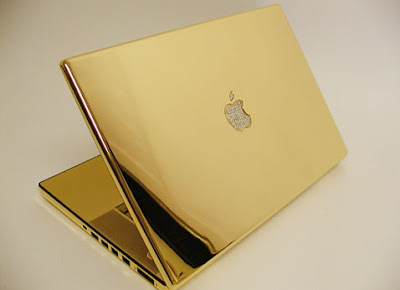Jikalau lampu tidak hidup ,first kena buat kita check relay dekat fuse box,try tukar relay dahulu.
Jika masalah diatas selesai, maksudnya hanya relay/fius yang mempunyai masalah.
Biasanya masalah ini berlaku akibat soket yang cair/ wayar yang terdedah
Kita boleh mengatasi masalah ini dengan membeli ceramic H4 socket di kedai sparepart atau secara online
- Kita kenalpasti dahulu wayar yang perlu disambungkan.
wayar diatas disambungkan dengan wayar putih

wayar disebelah kiri disambungkan dengan wayar hitam
wayar kanan disambungkan dengan wayar biru
- Sambungkan ketiga2 wayar , solder sekali jika mahu ikatan lebih kuat dan tahan
- Gunakan wire heat shrink untuk menghalang dan melindungi wayar dari terdedah kepada air dan panas di kawasan engine bay.
- Balut ketiga wayar dengan wire tape untuk kekemasan wayar
- Test bulb / LED H4
- Pasang semula bulb ,buka lock pin bulb h4, masukkan bulb mengikut lubangnya, lock kembali bulb pastikan ianya kemas dan kukuh,
selesai... mudah dan murah
pemasangan/ proses ini boleh dijalankan dengan cepat jika mempunyai kemahiran soldering yang baik..hahaha.
xtry xtau kan.. atleast skill bertambah..
thanks for reading
Selamat Mencuba
feel free to ask question

















.jpg)









